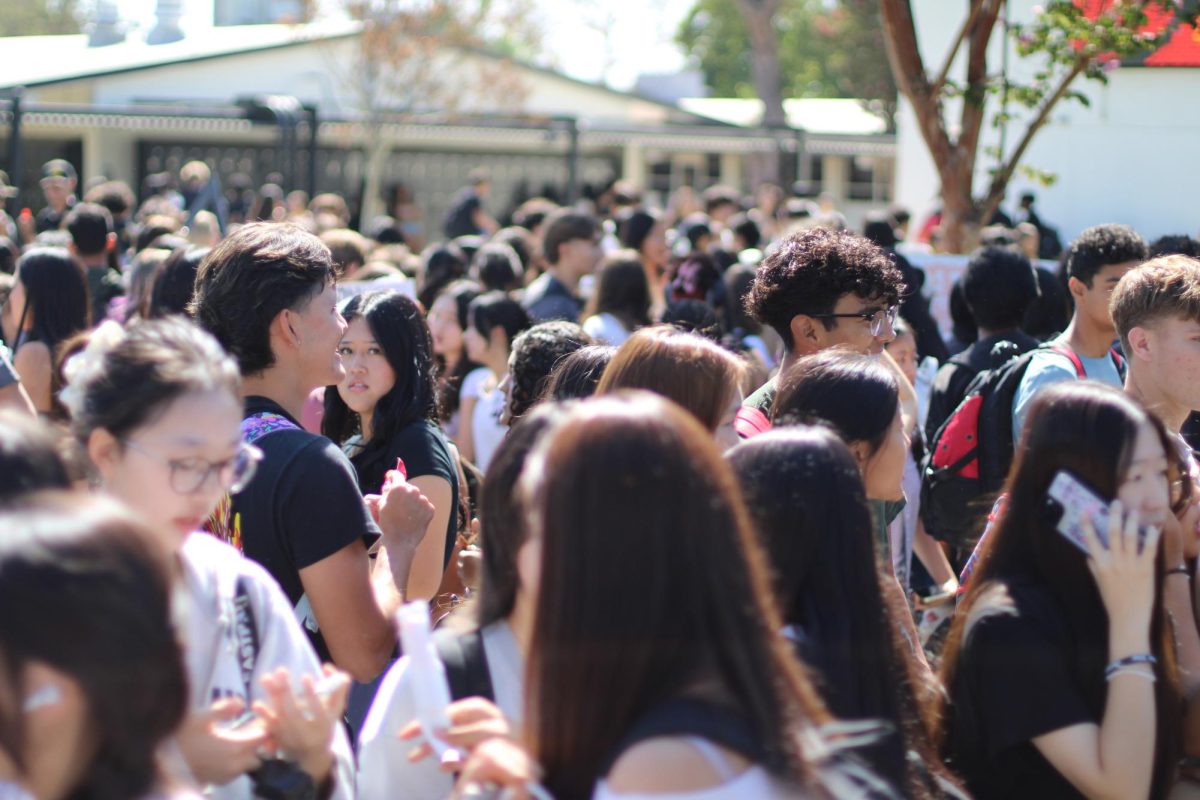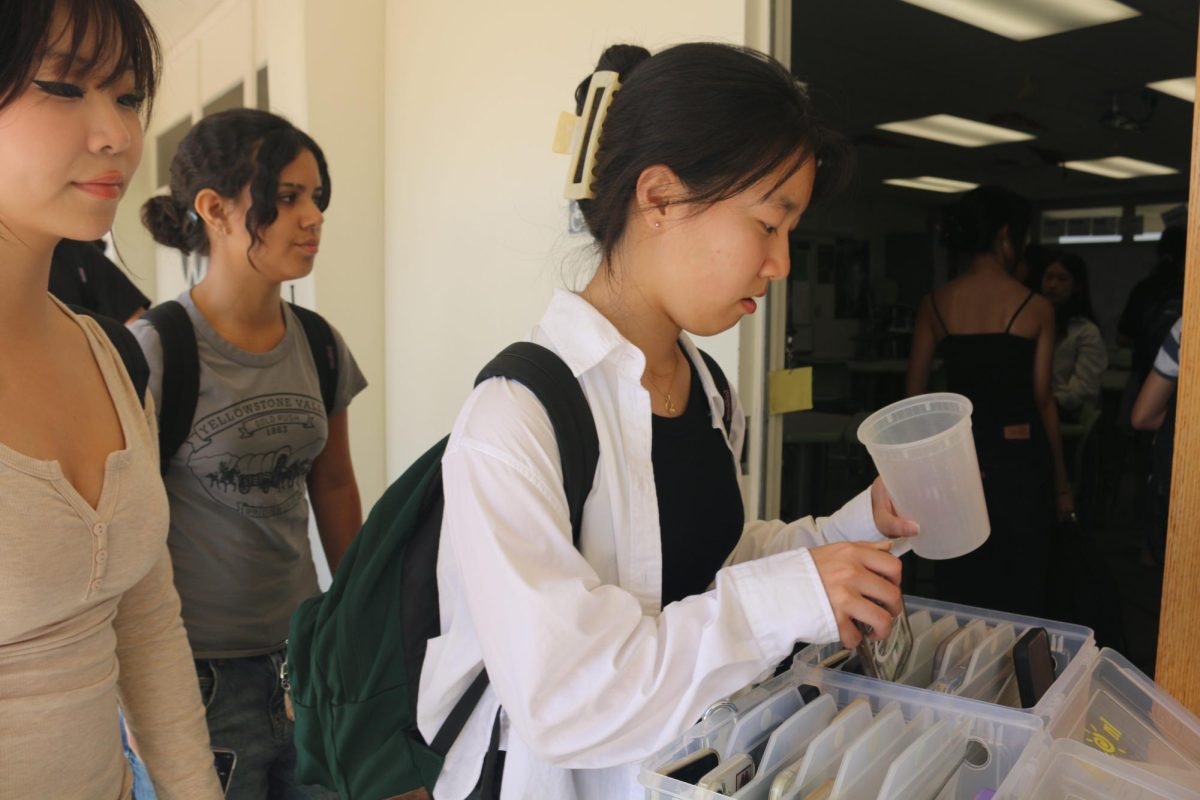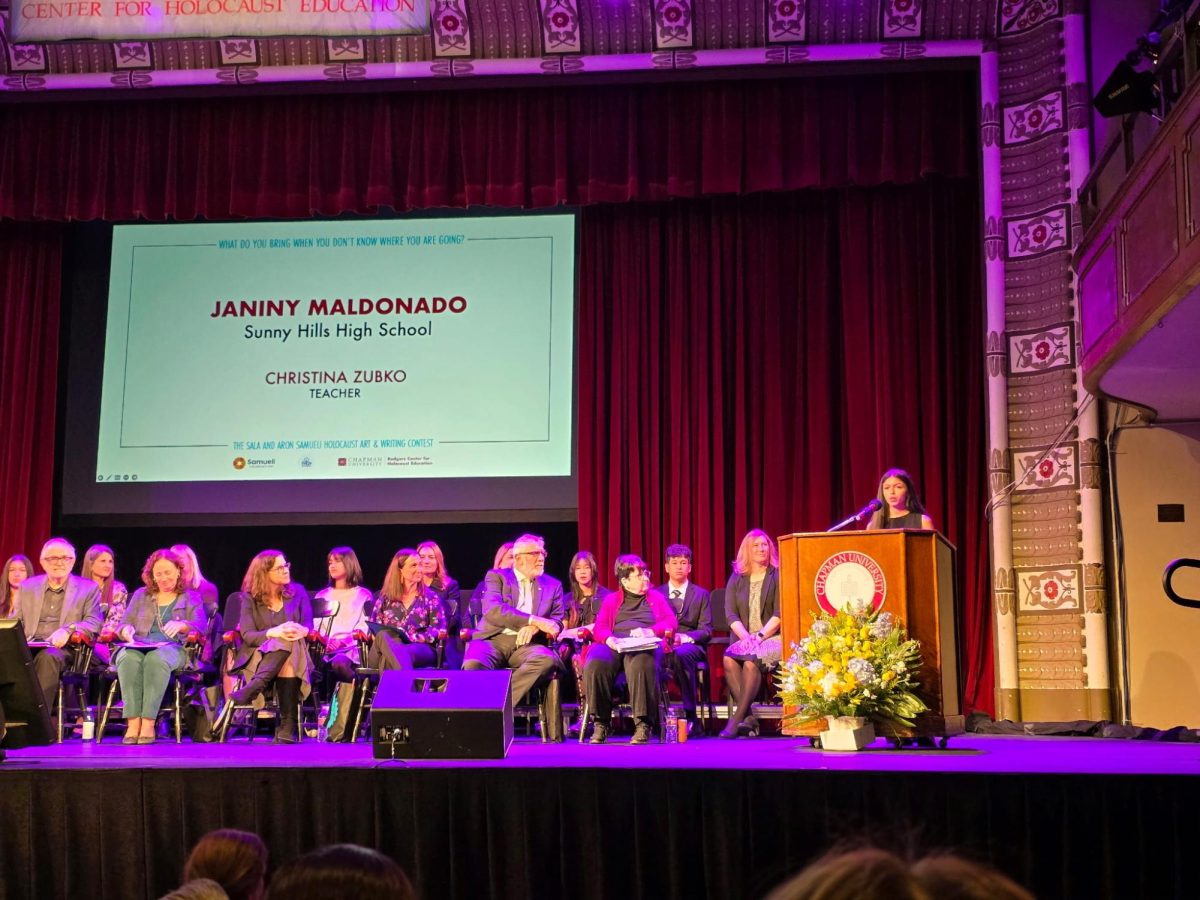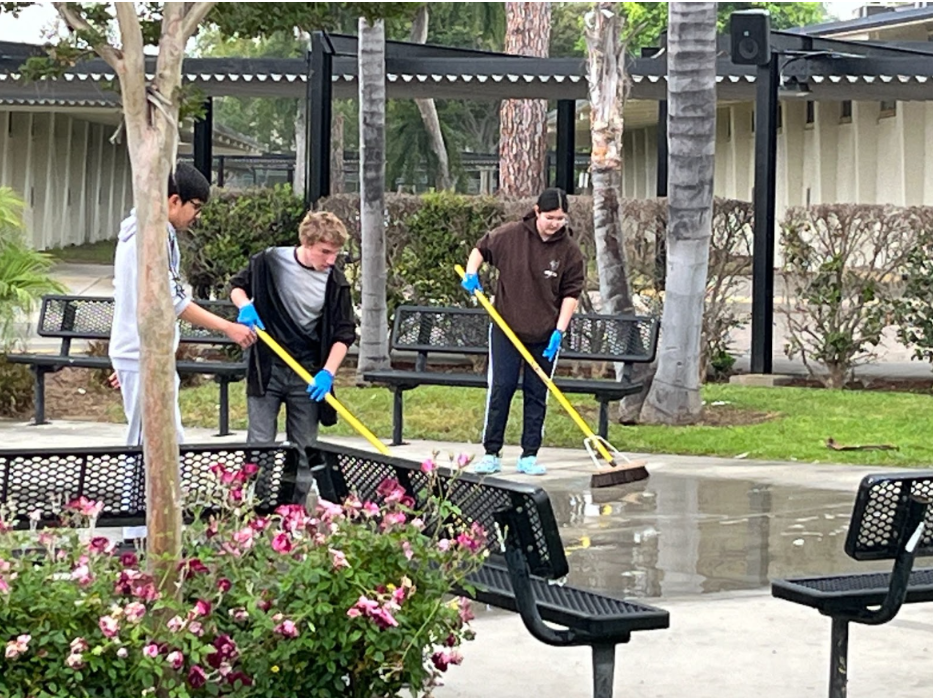Nearly a week before the Fullerton Joint Union High School District [FJUHSD] trustees were scheduled to hold a special meeting to vote on a plan to reopen schools, including Sunny Hills, California Gov. Gavin Newsom made the decision for them.
Newsom announced in a July 17 news conference that although he favors the reopening of all schools — public or private — with in-person instruction as the best model to teach students, he has instead mandated that they remain closed at the start of the school year if classrooms are in a county that’s on California’s watch list because of its high numbers of positive coronavirus cases.
“We are now putting forth guidelines that say, based on the data, based on the community spread of the virus, that if you are not on that monitoring list, you can move forward as a county, if you choose, to physically open your campus, physically open your schools,” the governor said nearly five minutes into his statement. “However, [for] schools that don’t meet this requirement, they must begin the school year this fall through distance learning.”
As of July 18, Orange County, in which the FJUHSD resides, has 29,011 positive COVID-19 cases and 494 deaths; 1,618 are from minors ages 0-17 with zero deaths, according to data compiled by the Orange County Register. The O.C. has the third highest number of positive coronavirus cases among counties in the state and has remained on California’s list of 33 counties being monitored by state health officials since June 5.
Many Sunny Hills students, especially seniors who hoped to start their last year of school with some form of normalcy, reacted with anger to the governor’s mandate to continue with distance learning because of the high number of COVID-19 cases in Orange County.
“I felt mad at first because I wanted to go back for my senior year,” said senior Armaan Ahmed, who did not watch the governor’s news conference but only learned of Sunny Hills moving back to distance learning from a school email he received later in the day. “But in the end, I was like, ‘It’s the right thing,’ I believe keeping us out of school for a couple of months will actually help prevent the spread of COVID-19 among us, [so] hopefully if COVID levels die, we can return to school with proper safety measures.”
Associated Student Body [ASB] president senior Daniel Magpayo assured Lancers that the ASB will continue to build school spirit digitally.
“Personally, I was upset due to the inability to see my friends and teachers,” Magpayo said. “However, we will adapt and make this year the best we can.”
And in an Accolade online poll, the results as of July 19 show 56 of 76 voters approved of the governor’s mandate for Orange County schools to open the school year with distance learning with seven disapproving and four undecided.
Coincidentally the day before Newsom’s order, the president of the FJUHSD’s teachers union, Fullerton Secondary Teachers Organization [FSTO], digitally sent a PDF of a letter informing superintendent Scott Scambray that instructors were not comfortable going back in the classroom Aug. 11 given the hybrid reopening models that trustees and administrators were working toward.
”We believe distance learning is the most effective use of our resources and is the necessary response to the worsening spread of the virus,” according to the letter from Angie Cencak. “We further urge revisiting this decision at least monthly and to continue discussions regarding bringing students back to campus when it can be done safely.”
The plan included separating students whose parents were willing to send their children to school two days a week into two groups, also known as “cohorts A and B,” to maintain social distancing guidelines within the classroom; a “cohort C” would be for students who would remain at home while virtually attending classes. A camera with a microphone would be installed in the front of each teacher’s classroom so those learning from home (cohort C and one of the groups not attending school that day) would understand what’s happening in the class.
“The executive board for FSTO as well as many FSTO members felt with the rising numbers of COVID-19 cases, it was not safe to meet in person at the current time,” said FSTO vice president Myra Deister, who teaches math and computer science at Sunny Hills. “I feel that [the governor] has acted in a manner that he feels is at the best interest for students, teachers, administrators, and staff to protect them.”
Other Sunny Hills teachers also had mixed reactions about the governor’s July 17 statements providing guidelines for when it would be safe for schools to reopen for classroom instruction, which included the wearing of masks at all times for high school students and staff.
“I wish we were going back to school in person, but I do understand the safety concerns,” English teacher Teresa McCarty said. “I’d rather do that [teaching under the hybrid models] than not go back at all, but starting classes online is going to be quite challenging.”
Spanish teacher Gene Bordy had similar sentiments.
“While it is disappointing that we will continue in distance learning, I believe that it is the right decision based on the recent data showing an increase of cases in Orange County,” Bordy said.
In an emailed statement sent July 17 at night to FJUHSD staff, parents and students, Scambray echoed Newsom’s reassurance to the public that remote learning this time around will be more rigorous than the end of the spring semester when classrooms first closed in mid-March.
“As it stands today, Orange County and 30+ other counties across the state must begin the school year through online learning for students,” Scambray wrote. “If this remains the case, the online learning offered in the FJUHSD will be enhanced and more robust in comparison to the emergency distance learning that we were required to implement unexpectedly in spring.”
English teacher Suzanne Boxdorfer, who also taught freshman English the first session of summer school via distance learning. agreed with Newsom and Scambray that educators can do better to keep students more engaged once school starts Aug. 11.
“As teachers, we’re talking through these issues with each other, and we’ll do a great job at Sunny Hills,” Boxdorfer said. “It won’t be perfect — it can’t be given the environment — but I know it will be good, and I know it will be rigorous, relative to the situation.”
No information was given as of July 18 how keeping with distance learning or reopening of classrooms will affect extracurricular activities like sports and performing arts programs. When Associated Press reporter Kathleen Ronayne asked Newsom about it as her second of three questions during the news conference, the governor’s reply did not include after school programs.
Kathleen Ronayne: “… the guidelines don’t mention extracurriculars, so if a school is open for in-person learning, what can they do in the extracurricular phase?”
A July 20 California Interscholastic Federation meeting could shed more light into what could become of fall sports for statewide campuses, whether they’re reopened or not.
“We have sent and will continue to send updated information as it is available both from the site and district,” Sunny Hills principal Allen Whitten wrote in an email response to an Accolade reporter’s request for a comment.
Newsom’s push toward keeping schools closed because of the high number of COVID-19 positive cases goes against President Donald Trump’s declaration July 7 that all campuses should reopen this fall.
Trump and the Orange County Board of Education, which also voted 4-1 on July 13 in favor of reopening schools, have cited the success of educational models in Europe and Asia in bringing back students to classrooms as well as concerns addressed by the American Academy of Pediatrics that students remaining at home and away from in-person interaction with their peers could lead to emotional and mental health issues for youth.
A July 16 Los Angeles Times article titled, “Will children spread COVID-19 if they go back to school?” addressed the conflicting views about the health and safety issue of reopening schools.
“Studies that tracked how infections spread through households in the U.S., Switzerland and several countries in Asia have shown that adults are far more likely than kids to bring the virus into their homes,” according to the article.
The story also addressed the effectiveness of keeping classrooms closed in hopes of keeping down the spread of coronavirus.
“Several studies have tried to quantify the benefits of measures aimed at slowing the spread of the coronavirus, including quarantines, stay-at-home orders, school closures and social distancing policies,” according to the article. “Together, these policies did seem to impede transmission of the virus, though by how much isn’t clear.”
Despite Newsom’s announcement, FJUHSD trustee Joanne Fawley said the special board meeting will still be held as scheduled — July 23 at 5 p.m. Anyone interested in virtually attending can do so by visiting the district’s website.
One of the agenda items will likely be to discuss “information from the groups who have been working the last several weeks on issues regarding safety, instruction and mental health [as well as] distance learning and the governor’s announcement,” said Fawley, who was in favor of Newsom’s statements. “For the record, given the high positivity rate and other health metrics in Orange County, it is in the best health interests of students, their families, faculty and staff and the community to begin with distance learning until community virus metrics improve significantly based on the governor’s criteria.”
Accolade editor-in-chief Tyler Pak, news editor Aaliyah Magana and opinion editor Hope Li contributed to this article.




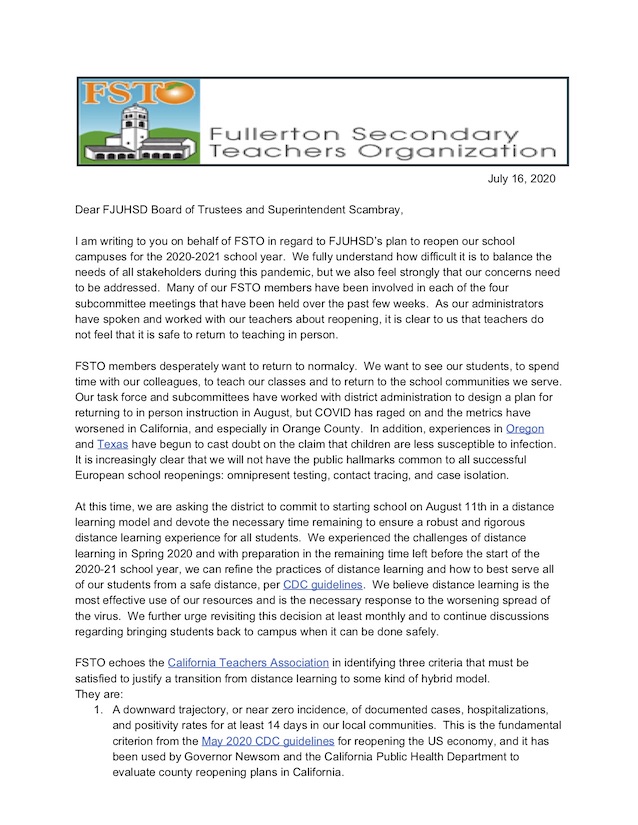
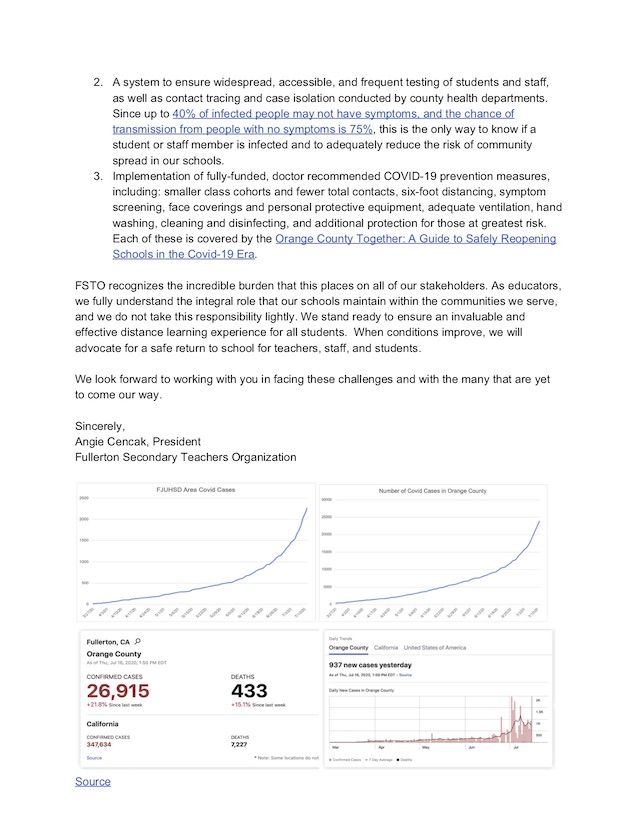
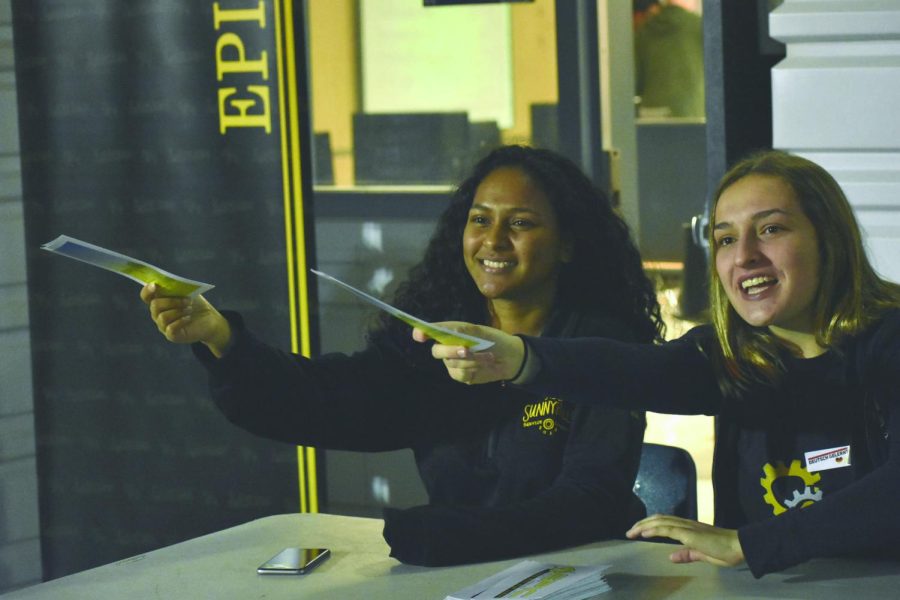
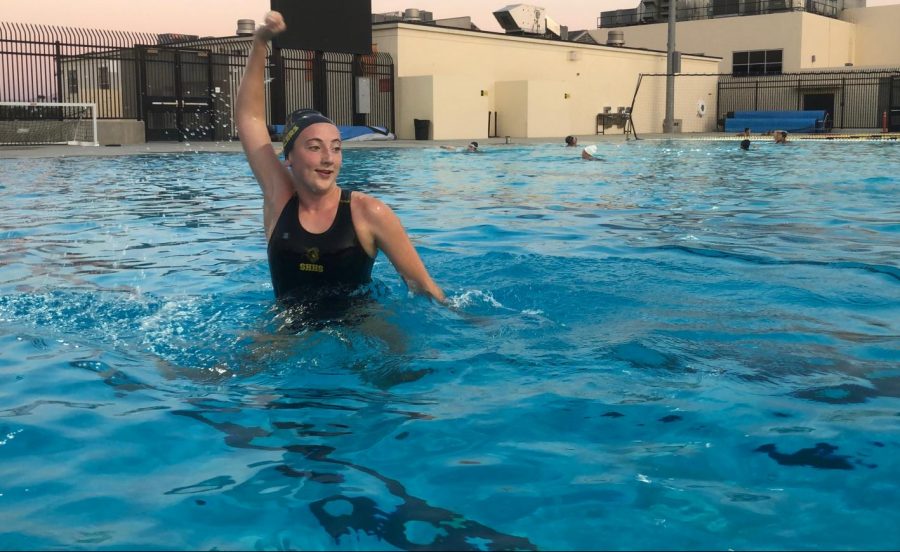


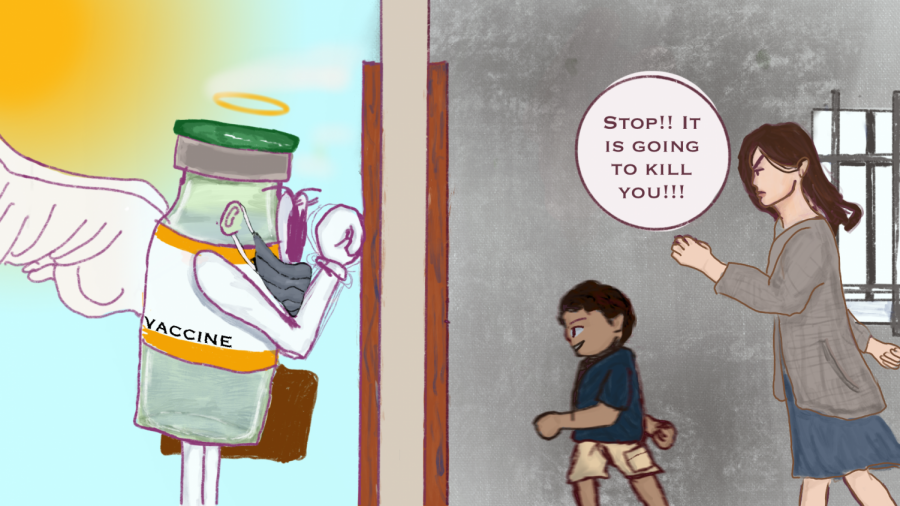
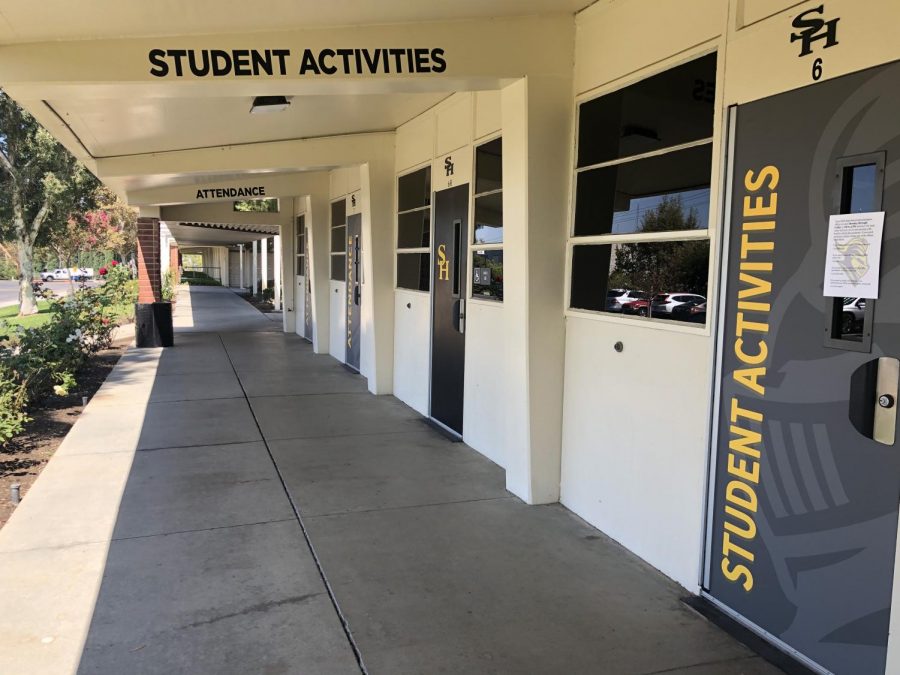
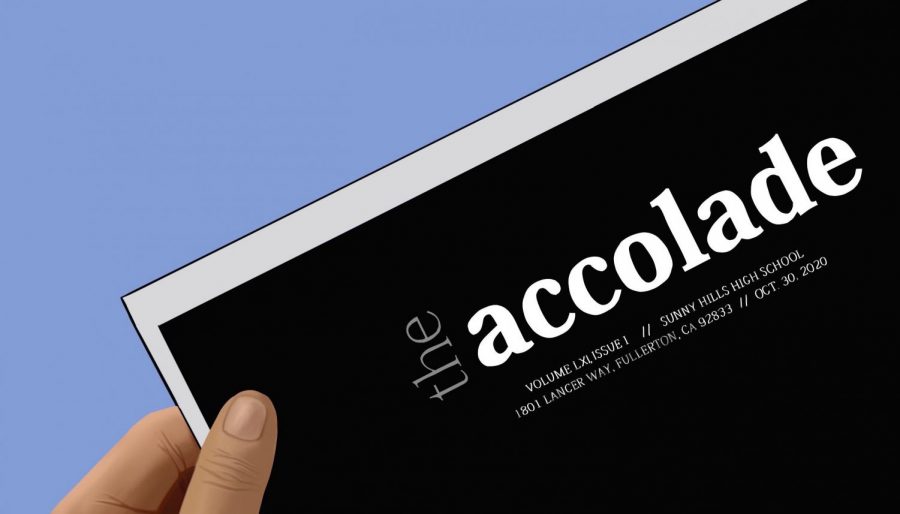

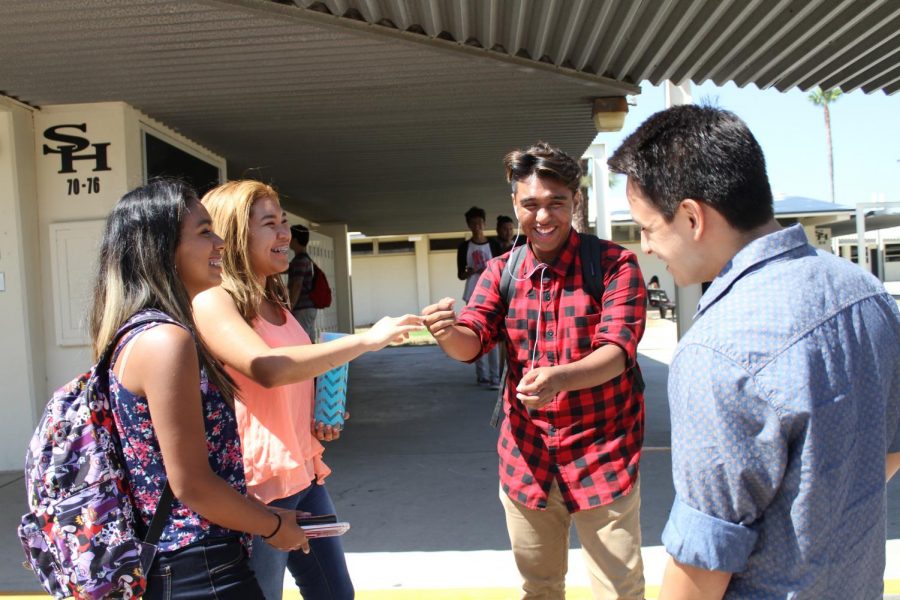
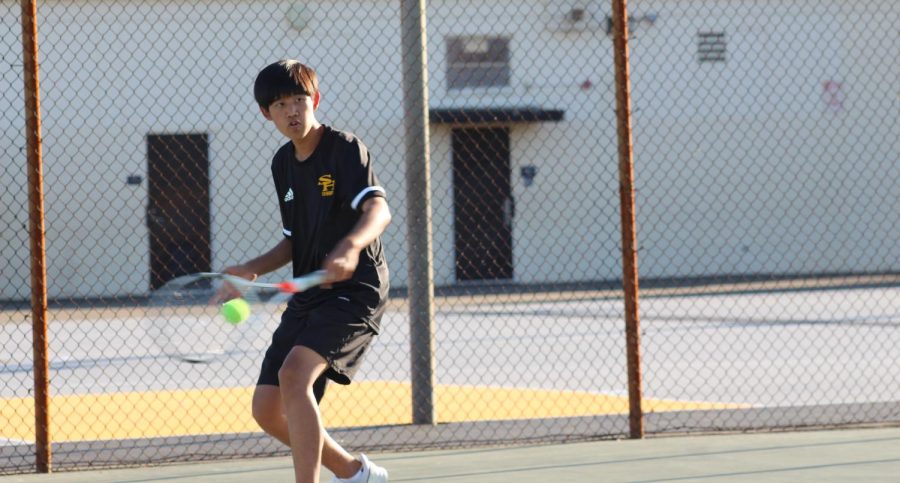
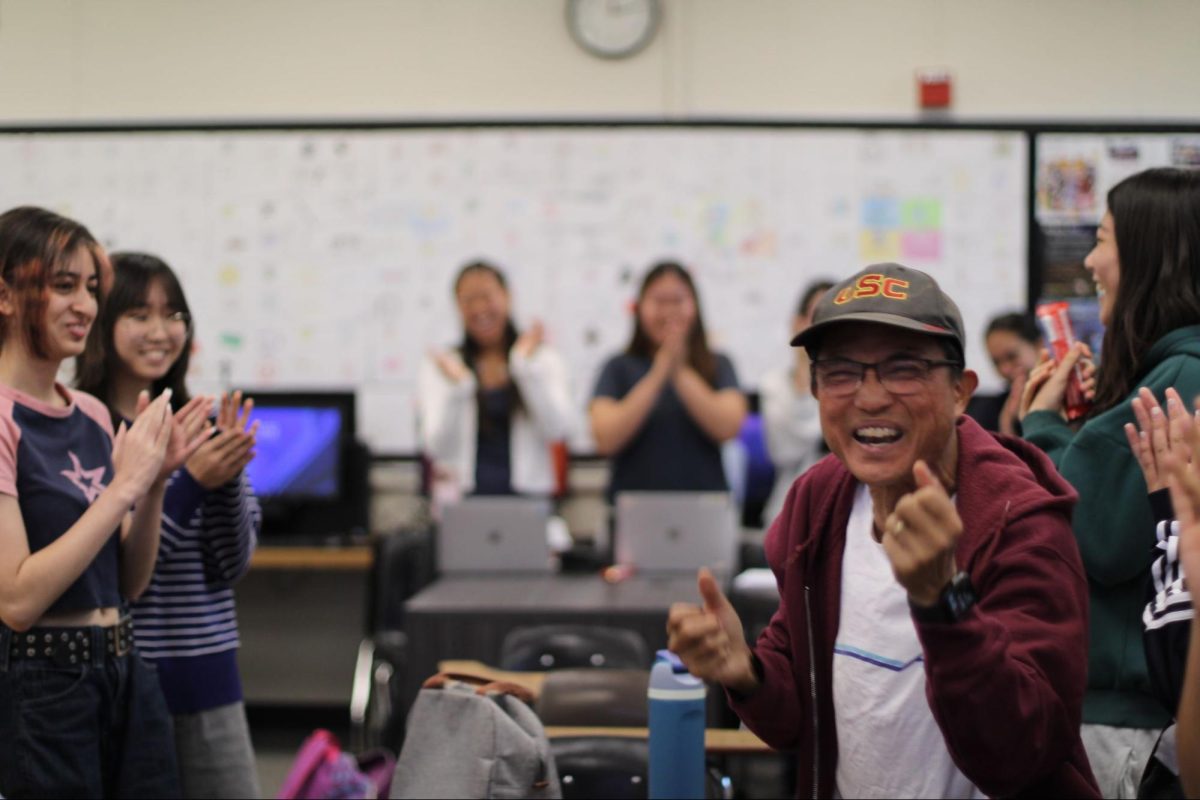

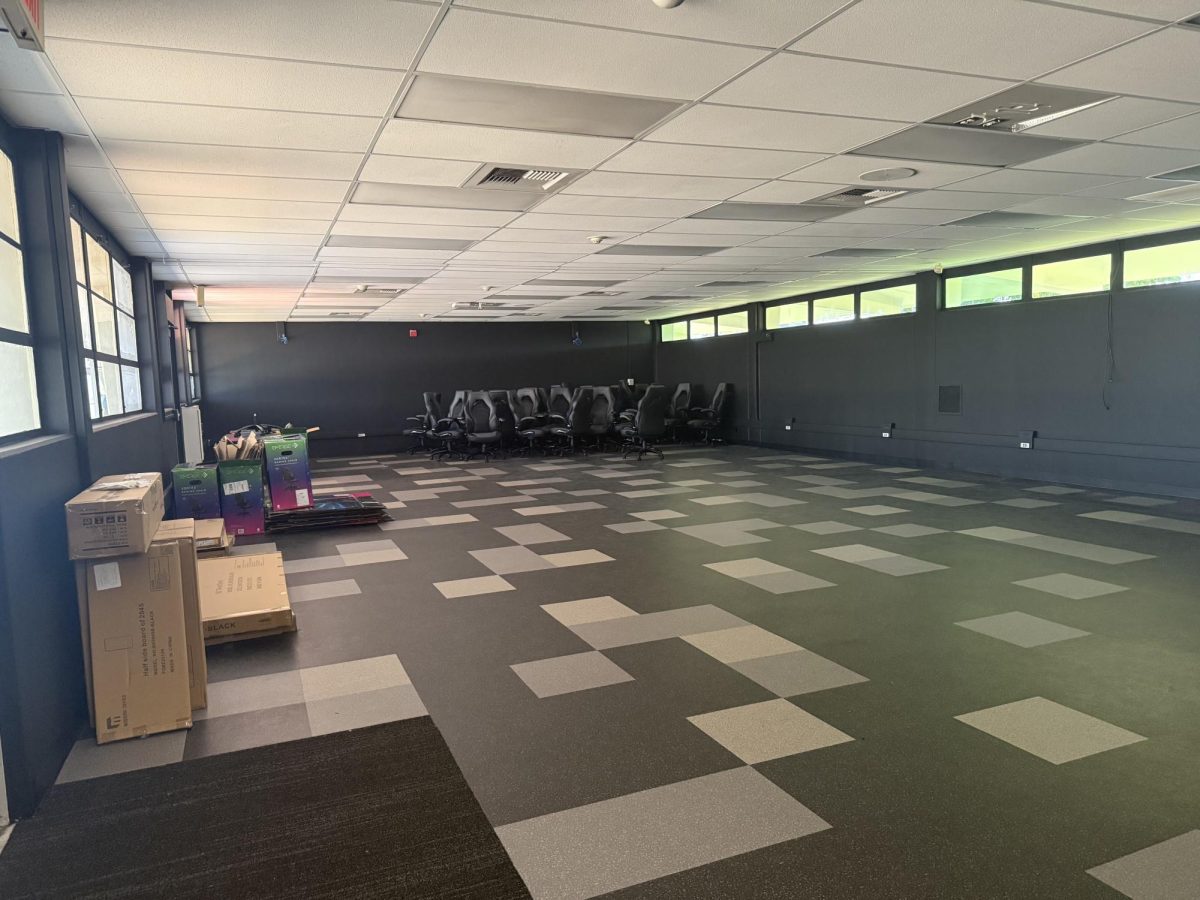
![Students and staff across the Fullerton Joint Union High School District [FJUHSD] received emails promoting a part time job offer with pay. The messages were set from compromised FJUHSD accounts.](https://shhsaccolade.com/wp-content/uploads/2025/09/image1-2-1200x527.png)
